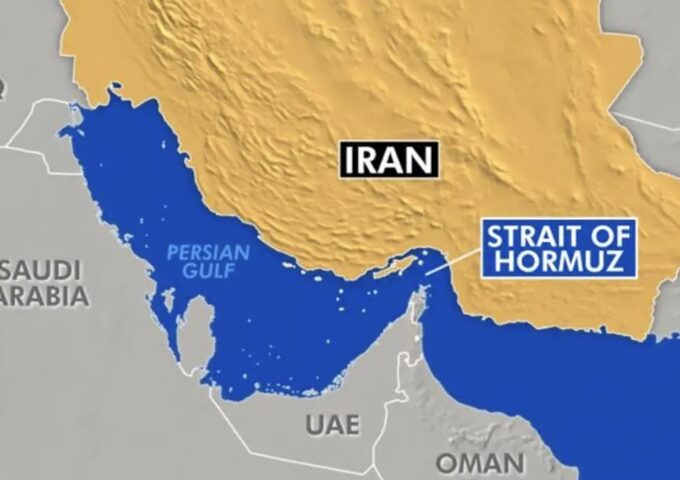Beau Canada has tight focus on gas, NGL at home, takes plunge in Cuba

March 22, 1999 – Oil & Gas Journal
A rig working for Beau Canada Exploration Ltd. is shown drilling ahead on a well in the Winter, Sask., area. Photo courtesy of Beau Canada.
Murphy OIl acquires Beau Canada
Calgary-based Beau Canada Exploration Ltd. is using a tight focus on natural gas and liquids in its own geological backyard to counter the current oil price slump.
The company also maintains stringent control on costs in the specific areas of the Western Canada sedimentary basin where it operates. That is a current textbook strategy for many companies, but the firm has also made a radical and relatively quick turnaround in its main business line.
Beau Canada, which began life as a small-interest player in the Beaufort Sea in the 1980s and then changed management, has made a transition in the past 3 years to heavy weighting in natural gas and liquids production from primarily heavy oil.
While it sticks to a tried-and-true formula at home, the small company has stepped out in a widely overlooked international niche by acquiring a large acreage position and drilling some wildcats in Cuba.
Change in strategy
President and CEO Thomas Bugg says Beau Canada’s corporate philosophy started to change sometime around 1996.
“We looked at the oil market, particularly the heavy oil market, and decided it was going to be a very tough place to be, very volatile, and tough to make a superior rate of return,” he said (see related story, p. 31).
“We decided it would be more stable trying to deal with a North American gas price than with oil prices, which are so unstable you don’t know where they are going to go.”
The company joined other producers in recognizing the need for additional pipeline capacity from Western Canada to U.S. export markets as a key to better pricing in a continental gas market, but went one step further. It was one of the first backers of and took a 2.2% stake in the $4 billion (Canadian) Alliance gas/natural gas liquids pipeline project from British Columbia to Chicago. That share was later sold for a $9.3 million profit in 1998, while the company retains its shipping capacity on Alliance.
“We are now almost totally focused on gas and believe that, in the longer term, gas supply will go down and demand will go up,” Bugg said.
“Gas prices could soften in the second quarter of this year and firm up in the third and fourth quarters. We expect there will be a shortfall of 10-15% on deliverability, and that will be good on the price side. Overall, we see a very good future for gas over the next 5 years.”

Beau Canada has sold much of its heavy oil interests, with more than 55% of the reserves in a recently completed $56 million disposition package being heavy oil. The company expects only 10% of its 1999 production to be in heavy oil.
It is now geared to develop liquids-rich natural gas and shallow gas in several core areas of British Columbia and Alberta (see map, this page). These include the Shiningbank, Niton, Gilby, and Gull Lake areas of West-Central Alberta, the shallow gas area of southeastern Alberta, and the largely unexplored Helmet/Peggo region of northeastern British Columbia.
Time of opportunity
The company sees the current slowdown in Western Canadian drilling as an opportunity to maintain low production costs and drill aggressively, while many others are pulling back.
“We will be doing an aggressive drilling program this year, with drilling prices down about 30%,” Bugg said.
“You’ve got rig availability, services, and quality crews available. You can drill more wells with less money, and this is one way for us to keep production costs down.”
Bugg says the company has one of the lowest operating costs in the industry, at $4.12/bbl in 1998, and it is projected to be about the same this year. He says emphasis on low costs is one of the distinguishing features of his company.
“We make sure that any properties we buy have low operating costs. If they are high, we get them changed around quite quickly,” Bugg said.
“We keep track of the pennies, that’s the key part. Everyone in the field knows that every dollar counts. It’s just a discipline you have, especially if you came from the heavy oil side. You could not afford to waste a dollar, where the guys who started with light oil and gas had more margins (to work with).”
Genoil’s Cuban venture
Bugg described a current exploration program in Cuba as an interesting play with an exploration risk and big upside potential, if it pays off.
It acquired the Cuban properties in early 1998 by buying a 63% interest in Genoil Inc. for $2.8 million. Genoil was in receivership after a project with another company went sour. The main prize in the deal was an 8,600 sq mile acreage position in which Beau Canada has a 90% working interest. It then sold three offshore blocks for $10 million and bought a property adjacent to the offshore blocks for $700,000.
The company is operator of the Cuban properties and has a 70% working interest. Under a production-sharing agreement with Cubapetroleo (Cupet), Genoil would earn a 65% interest before payout and 45% afterward. An initial well, Creciente-1X, on onshore Block 20 in Granma Province on the west coast of Santiago de Cuba, was spudded in early February. It has a projected depth of 8,200 ft and several targets in an Eocene reef structure. A second well on adjacent Block 22, Angelito-1X, was slated for spudding in late March on a separate structure, also with a projected depth of 8,200 ft.
“The structures are very large and, if successful, there could be anywhere from 1 billion to 3 billion bbl of recoverable light crude oil,” Bugg says.
“There’s source rock, and the structures and fields are there. But we don’t know if there is any oil. That is what we will find out.”
Production status
If the Cuban plays are successful, they will be a bonus on top of the bread-and-butter Western Canada exploration and development activity that provides the bulk of cash flow for the company.
Beau Canada is operator for 90% of its current production of 100 MMcfd of gas and 8,000 b/d (6,800 b/d net) of liquids.
Its latest 1999 production forecast after the recent sale of several heavy oil and gas properties is 120 MMcfd of gas and 7,000 b/d (net) of liquids.
Gas and liquids production was about 17,400 boed in 1998.
Cash flow is expected to increase 40% on a per-share basis in 1999, rising to $68 million from $45 million in 1998, as a result of increased gas weighting and lightening of the company’s liquids quality mix.

Beau Canada President, CEO Thomas Bugg We keep track of the pennies, that’s the key part. Everyone in the field knows that every dollar counts. It’s just a discipline you have, especially if you came from the heavy oil side. You could not afford to waste a dollar, whereas the guys who started with light oil and gas had more margins to work with.







